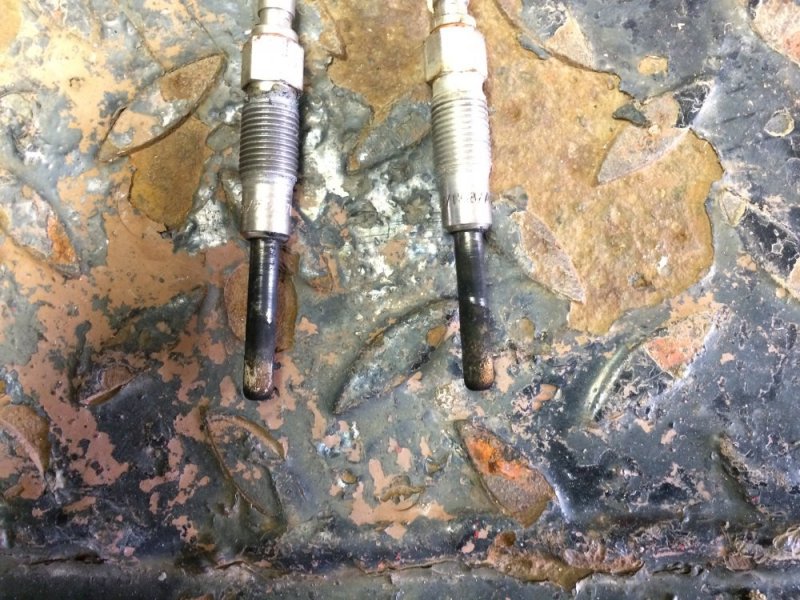- Staff
- #21
With the way the belts are routed on the 7.3l idi, a serp swap would probably be a little tough. They used a double groove pulley on the alternator, 1 groove runs the alternator, then the other groove drives the vacuum pump. You would have to space the vacuum pump forward, then try and come up with a pulley with a serp in the back and a v built onto the front. Otherwise you could run an electric pump for the A/C if you did a hydro boost swap.If you don't like the v-belts, you can do a serp swap.
Sent from my SAMSUNG-SM-G935A using Tapatalk

